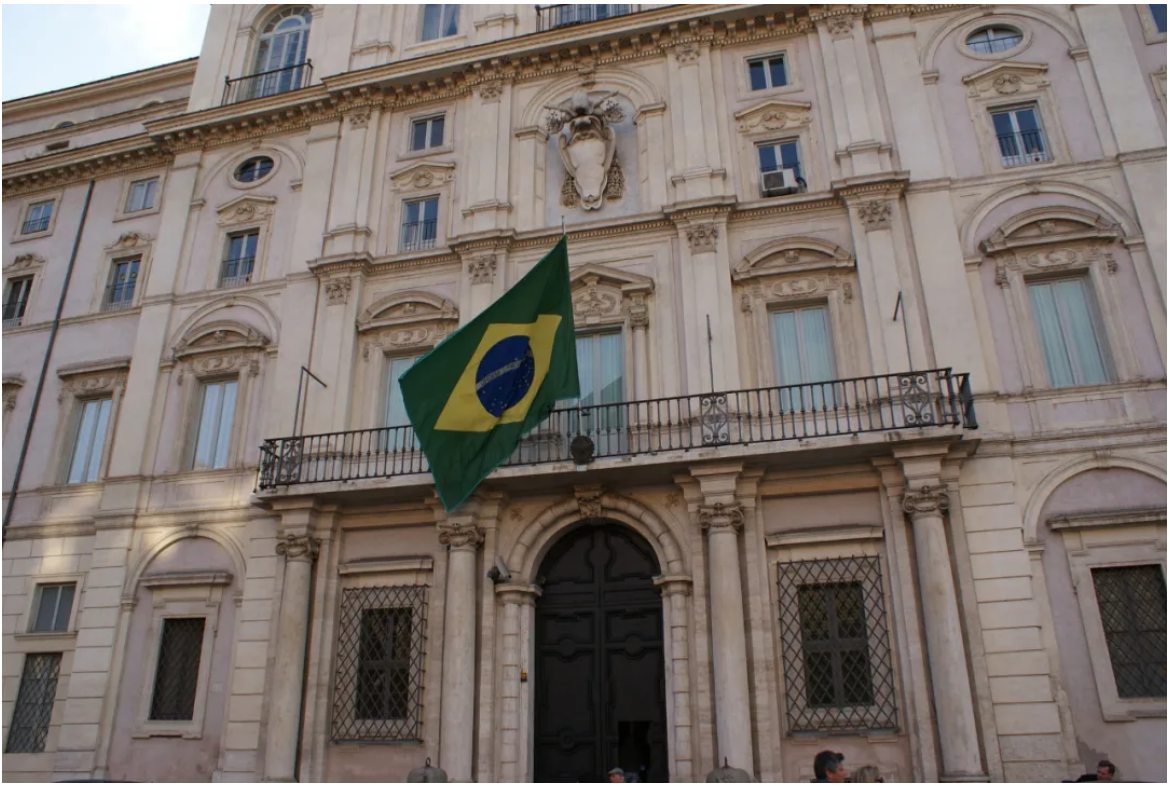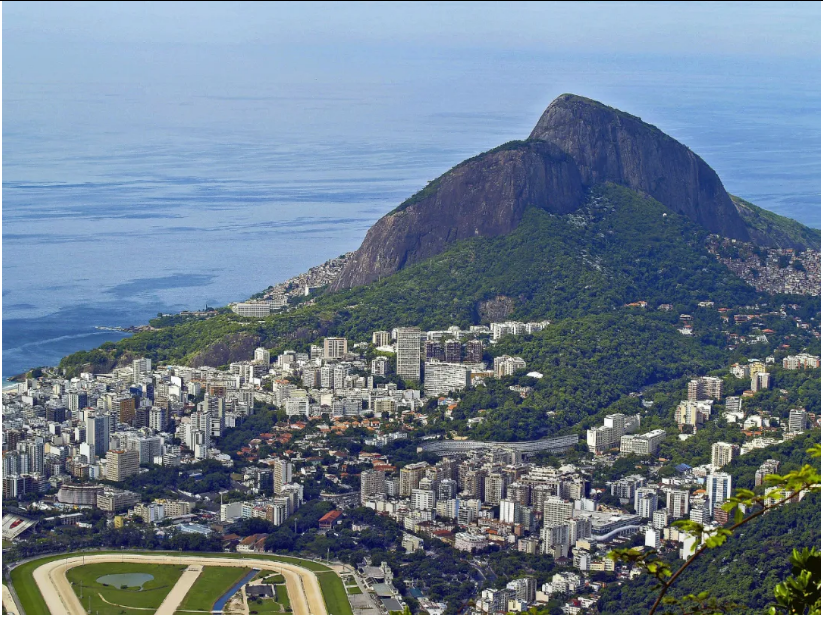
Brazilië, as one of the top five sanitary ware producing countries in the world, is dominated by a dozen multinational conglomerates, which have formed an oligopolistic market pattern and constitute a globalized production chain. The dominance of large industrial production facilities, supported by downstream raw material companies and capital markets, largely reflects the strength of the Brazilian oligopoly.
| Brazil Sanitary Ceramics Factory Situation | ||||||||
| Brands | ▼ | Companies | ▼ | Websites | ▼ | Brands | ||
| 1 | DECA LOUQKS – PB | DURATEX S.A | www.duratex.com.br | DURATEX | ||||
| 2 | DECA LOUKAS – PE | DURATEX S.A | www.duratex.com.br | |||||
| 3 | DECA LOUKAS • RJ | DURATEX S.A | www.duratex.com.br | |||||
| 4 | DECA LOUQKS – RS | DURATEX S.A | www.duratex.com.br | |||||
| 5 | DECA LOUQkS – SP | DURATEX S.A | www.duratex.com.br | |||||
| 6 | LORENZETTI | LORENZETTI LOUQKS LTDA. | www.lorenzetti.com.br | |||||
| 7 | MARI | MARI LOUKAS SANITARIAS | www.mariloucassanitarias.com.br | |||||
| 8 | ONIX | ONIX LOUKAS SANITARIAS | http://onixbrasil.ind.br/empresa | |||||
| 9 | CELITE – MG | ROCA BRASIL LTDA | www.celite.com.br | Roca | ||||
| 10 | CELITE – PE | ROCA BRASIL LTDA | www.celite.com.br | |||||
| 11 | INCEPA | ROCA BRASIL LTDA | www.incepa.com.br | |||||
| 12 | LCX3ASA | ROCA BRASIL LTDA LCX3ASA | www.logasa.com.br | |||||
| 13 | CSC | COMPANHIA SULAMERICANA DE CERAMICA | www.csca.com.br | |||||
| 14 | FIORI | FIORI CERAMICA LTDA | www.fiori.ind.br | |||||
| 15 | HERVY | CERAMICA INDUSTRIAL DE TAUBATC LTDA | www.hervy.com.br | |||||
| 16 | ICASA | INDUSTRIA CERAMICA ANDRADENSE S/A- ICASA | www.icasa.com.br | |||||
| 17 | LUZARTEESTRELA | LUZARTE ESTRELA LTDA | www.luzarte.com.br | |||||
| 18 | SANTA CLARA – LOUKAS SANITARIAS | IND. E COM. DE LOUKAS SANITARIAS SANTA CLARA LTDA | www.santaclaraaraxa.com.br | |||||
| Bron:MME, Kitchen And Bathroom Information Finishing | ||||||||
According to MME2020 data, Brazil has 26 large and medium-sized sanitary ceramics production sites, located in eight states. The main production includes basins, toilets, urinals, enz., of which the market situation in each category are: toilet (with tank) (37%); basin (25%); toilet (without tank) (20%); column basin (10%); sink (5%); urinal (3%). The current total production is 22 million units.
According to MME’s combing, sanitary ceramics production was initially concentrated in a few cities in the southeast region of Brazil, and in the last decade, through a process of industrial decentralization, it was gradually distributed to eight states, increasing the number of plants to 20. The region of Jundiai in southeastern Brazil constitutes the main cluster of ceramic sanitary ware in the country.
| State of affiliation | Municipality where the brand is located (Brand – Municipality) |
| Ceará | CSC – Caucaia |
| Espírito Santo | LOGASA – Seira Serra |
| Minas Gerais | CELITE – Santa Luzia Santa Lúcia |
| FIORI – Andradas | |
| ICASA – Andradas | |
| LORENZt III – Poqos de Caldas | |
| ONIX – Uberaba | |
| SANTA CLARA – LOUCAS SANITARIAS – Araxa | |
| Paraíba | DECA LOUQAS – João Pessoa |
| Pernambuco | CELITE – Recife |
| DECA LOUCAS – Cabo de Santo Agostinho | |
| LUZARTE ESTRELA – Caruaru | |
| MARI – São Caetano | |
| Rio de Janeiro State | DECA LOUQAS – Queimados |
| Rio Grande do Sul | DECA LOUQAS – São Leopoldo |
| Gauteng | DECA LOUQAS – Jundiaí |
| HERVY – Taubate | |
| INCEPA-Jundiai |
Bron: MME, Keuken & Bad

Rio de Janeiro
In de afgelopen jaren, when production has been concentrated in large groups, the head spillover effect has led to the emergence of small local companies specializing in low-end sanitary ware as well (four plants in the Northeast and three in the state of Minas Gerais). Although these small companies account for less than 10% of the local market share in Brazil, they are also important indicators of whether Brazil will be able to have a sound industrial ecology in the future early on.
Brazil’s traditional and high-end markets consume most of the local production. On the export side, in 2012, 2013 En 2014, exports recorded a deficit, returning to normal from 2015. In 2018, exports totaled 233,000 ton, een stijging van 20% jaar na jaar. It reached $38.8 million in exports, een stijging van 12% jaar na jaar. The largest export targets were the United States and Paraguay.
2015-2019 Brazil Sanitary Ceramics Imports and Exports
| Year | Export Value | Import Value | Trade Balance | ||
| t | 10^6US$ | t | 10^6US$ | 10^3US$ | |
| 2015 | 11.95 | 19,9 | 13.244 | 18,4 | 0,5 |
| 2016 | 14.65 | 23z4 | 5.607 | 8,0 | 15,4 |
| 2017 | 19.43 | 34,7 | 6.745 | 9,3 | 25,4 |
| 2018 | 23.36 | 38z8 | 7.141 | 10,2 | 28,6 |
| 2019 | 22.32 | 39z3 | 6.074 | 9,2 | 30,1 |
| Bron: MME, Keuken & Bad | |||||
According to statistics, in 2008, there were about 7,500 jobs in the sanitary ware industry in Brazil. The average occupancy factor per production unit was about 235 pieces/employee/month or 280 pieces/employee/year. The Brazilian factories with the highest level of automation had productivity of 300 pieces/employee/month, the same level of production as the leading international companies. The minimum productivity in the country is about 180 pieces/employee/month.
The investment required to invest in a modern plant in the country is about R$50 million (over RMB 57.7 miljoen), with a monthly capacity of about 80,000 pieces. To meet the growth in Brazilian production from 2010 naar 2030, the total investment is expected to reach R$1.2 to R$2.4 billion over the period.
An agreement signed in 2003 between manufacturers in the segment and the Brazilian Quality and Productivity Program (PBQP) established the requirement that toilets must flush no more than 6 liter, regardless of the flushing system used, and must maintain effective siphoning capacity. Momenteel, 6-liter toilets are replacing 15-liter toilets in the country.
The energy source for the Brazilian bathroom industry is also mainly natural gas, as well as the electricity required to run equipment in industrial plants.
Estimated natural gas consumption varies from 153 m3/ton to 388 m3/ton, with an average of about 306 m3/ton. Electricity consumption rates ranged from 500 kWh/ton to 900 kWh/ton, with an average of 650 kWh/ton. Most industrial plants in Brazil operate in a manner similar to the energy consumption patterns of the world’s major producing countries.
 iVIGA Tap Factory-leverancier
iVIGA Tap Factory-leverancier
